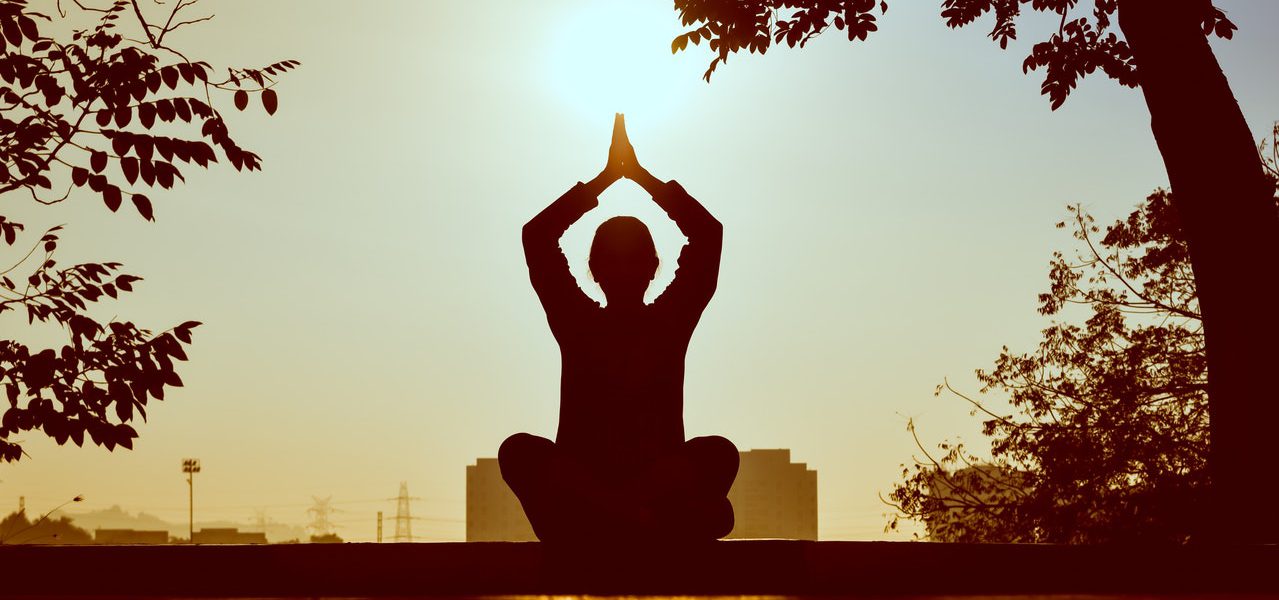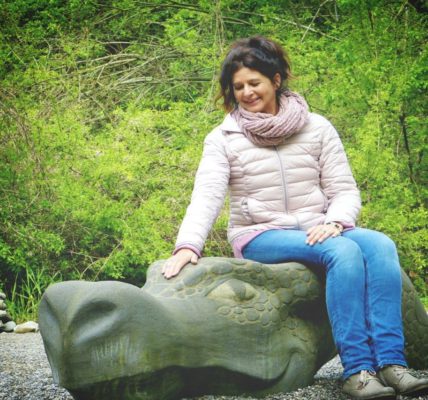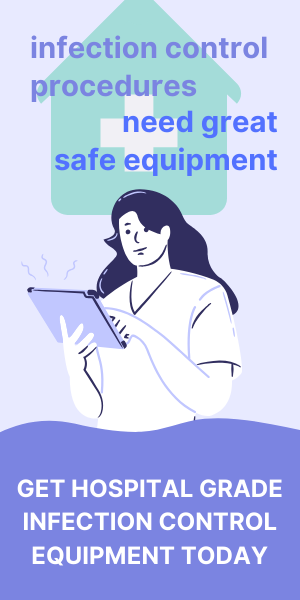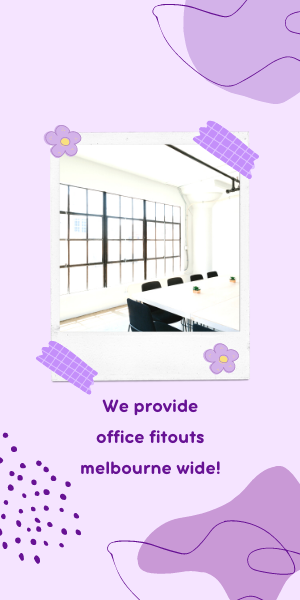A guided meditation trip, or visualization, is a time outside your normal routine to enter into a trance-like state and take guided trips to heal and restore. You can choose to embark on a guided journey to unlock your full potential, or you can decide to embark on a guided meditation journey for the pure joy you of experiencing deeply deep relaxation. As you can see now, guided meditation can be an experience that is not just relaxing, but also strengthens your sense of self, transforms your outlook in positive ways, and inspires you to live life to its fullest. Especially helpful for beginners, guided mindfulness meditation takes the guesswork out of the mechanics of the practice.
The benefit of guided meditation is that a narrator or master guides you on how to meditate, what to expect from your mind and body, and how to apply what you learned from the meditation to your life. In guided meditation, a trained instructor guides you step-by-step through meditation practice, often with an emphasis on one specific technique (perhaps breathing exercises, visualizations, body scanning, or repeating a mantra). Guided step-by-step meditation allows you to be in the present moment, with no pressure to lead the practice, concentrate on your technique, or worry about any other elements: You just follow the teacher’s guidance. You start the session with a particular meditation technique you practiced guided, helping you to start moving.
Below are some useful resources, including guided meditations on YouTube and books, to get started on your meditation journey. For beginners, having a professional or app to walk them through each step of each meditation session is a great idea. A growing number of people are looking to get trained on how to guide someone in meditation, and sadly, the information about the topic is seldom clear or concise.
In this article, we are going to look at how you can get started in this form of meditation to improve your mental and physical health. Whether you are in a group setting like this, or in a quiet area in your own home, just a few moments of meditation every day can improve the quality of your life. Evening meditations can help you to relax and get better sleep, and morning sessions can benefit from starting the day off on a positive note. Finding a consistent, regular time to meditate each day helps you maintain and build on your practice, whether that routine means attending a particular class at a studio or dedicating 10 minutes at home.
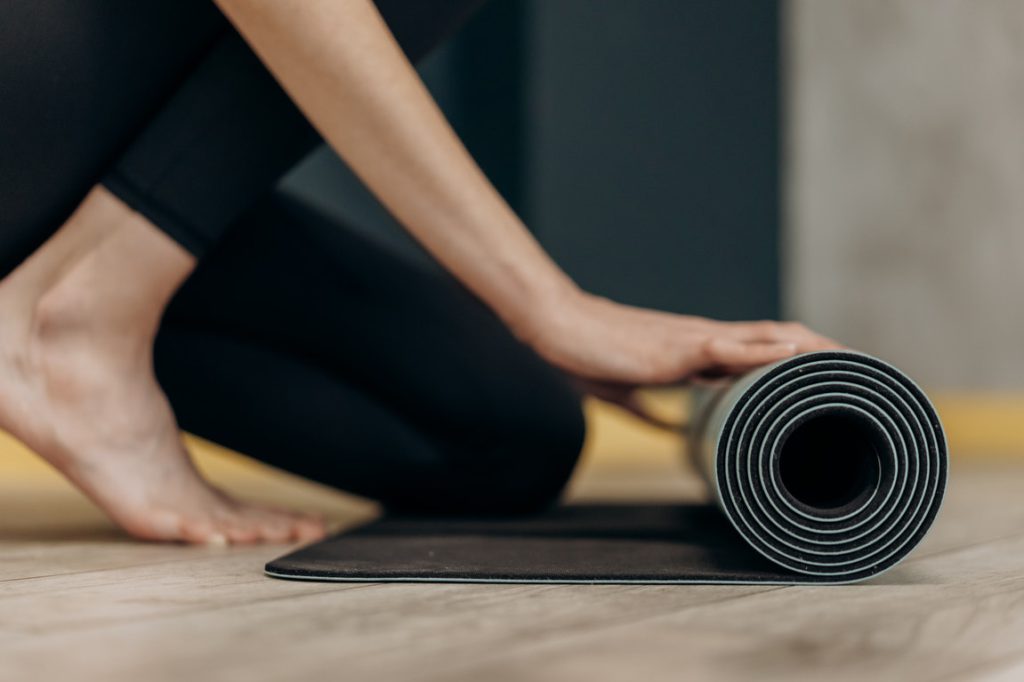
Before moving on with your day, give yourself credit for taking the time to meditate. This will help you to concentrate better and improve the relaxing session of the meditation. Ideally, your guided meditations will incorporate soothing meditation music, which helps you to relax more deeply. Often guided relaxation meditations include peaceful sounds, mindfulness music, comforting melodies, and similar.
One major difference between these latter exercises and the two earlier types of guided meditations is that you are looking to release anxiety and worry here, replacing the normal thoughts with soothing images and sounds conducive to the relaxation state. Now, go on the journey of finding quietness and relaxation in the mind. Even if you find it incredibly hard to release thoughts, even if you are extremely stressed out or overwhelmed by your mind activities, you will soon achieve internal stillness and peace of mind as you listen to an excellent guided meditation. Three popular forms of guided meditation are mindfulness, stress reduction, and relaxation.
Meditation involves the deep concentration of your mind for a specific time, with the goal being to relax. This is an excellent analogy since working out is for the body and meditating is for the mind. Part of the beauty of meditating is it gets you into contact with what is going on inside of your head, and this starts helping you become yourself. With guided mindfulness meditations and guided stress reduction, by contrast, you are learning how to stay grounded in the present moment–to observe what is happening right here, right now–and this leads to an automatic feeling of peace and relaxation.
The more you meditate — the more time you spend simply being with yourself, with no large projects or attention paid — the more you are becoming aware of what lies underneath the surface of your busy mind. Your mind will wander as you start to meditate, and that is perfectly okay. Meditation helps you listen to your thoughts clearly and keep track of them. Meditation helps you to order your thoughts, clear your mind, to better concentrate on what you want, on what you are trying to accomplish.
Most types of meditation are focused on breathwork and breathing techniques to help you focus. Meditation is a mental and physical practice that helps you to focus on the breath, gain clarity, cultivate focus, and increase emotional positivity, all while keeping you present. The benefits of meditation are well worth exploring, and it may prove to be an effective way of helping us stay focused as we navigate through a complicated, distraction-filled world.
Some meditation practitioners practicing guided meditation can take guidance from guided meditations that they have experienced before, and hear or say the same steps inside of themselves. The short answer is, that there is no need to choose between guided or unguided meditation practices. Experienced meditation practitioners will still use guided meditations to have deeper or more vibrant meditations, to go deeper in the mind than is usually possible, or to focus on a particular aspect of personal development, they want to achieve. In traditional meditation, students are taught first to see what is going on inside their minds, and the best way to go about different exercises, to learn how to make the best out of their practice.

